Increasing Vehicle Production
The automotive industry is witnessing a surge in vehicle production, which directly influences the Automotive Brake Hose Market. As manufacturers ramp up production to meet consumer demand, the need for high-quality brake hoses becomes paramount. In 2025, the production of passenger vehicles is projected to reach approximately 80 million units, indicating a robust growth trajectory. This increase in vehicle output necessitates a corresponding rise in the demand for automotive components, including brake hoses. Consequently, manufacturers are likely to invest in advanced materials and technologies to enhance the performance and safety of brake hoses, thereby driving the Automotive Brake Hose Market forward.
Growth of Aftermarket Services
The expansion of aftermarket services is a notable driver for the Automotive Brake Hose Market. As vehicle ownership rates increase, the demand for replacement parts, including brake hoses, is also on the rise. Consumers are becoming more aware of the importance of maintaining their vehicles, leading to a growing market for aftermarket components. In 2025, the aftermarket segment is expected to account for a significant share of the overall automotive parts market, with brake hoses being a critical component. This trend encourages manufacturers to focus on producing high-quality, durable brake hoses that can withstand wear and tear, thereby enhancing the Automotive Brake Hose Market's growth potential.
Regulatory Compliance and Safety Standards
Stringent safety regulations and compliance standards are pivotal in shaping the Automotive Brake Hose Market. Governments across various regions are implementing rigorous safety protocols to ensure vehicle safety, which includes the performance of brake systems. For instance, regulations may mandate the use of high-performance materials that can withstand extreme conditions. This regulatory landscape compels manufacturers to innovate and improve their brake hose offerings, thus fostering growth in the market. As safety becomes a non-negotiable aspect of vehicle design, the Automotive Brake Hose Market is likely to experience increased demand for compliant products that meet or exceed these standards.
Technological Innovations in Brake Systems
Technological advancements in braking systems are revolutionizing the Automotive Brake Hose Market. Innovations such as anti-lock braking systems (ABS) and electronic stability control (ESC) require specialized brake hoses that can handle increased pressure and temperature variations. As these technologies become standard in modern vehicles, the demand for high-quality brake hoses that can support these systems is likely to rise. Furthermore, the integration of smart technologies in braking systems may lead to the development of new materials and designs for brake hoses, enhancing their performance and reliability. This trend indicates a dynamic shift in the Automotive Brake Hose Market, driven by the need for compatibility with advanced braking technologies.
Rising Demand for High-Performance Vehicles
The growing consumer preference for high-performance vehicles is significantly impacting the Automotive Brake Hose Market. As consumers seek vehicles that offer enhanced speed, handling, and safety, manufacturers are compelled to develop advanced braking systems that include superior brake hoses. The performance characteristics of brake hoses, such as heat resistance and durability, are becoming critical factors in vehicle design. This trend is expected to drive innovation within the Automotive Brake Hose Market, as manufacturers strive to meet the expectations of performance-oriented consumers. The market for high-performance vehicles is projected to grow at a compound annual growth rate of around 5% through 2025, further emphasizing the need for advanced brake hose solutions.


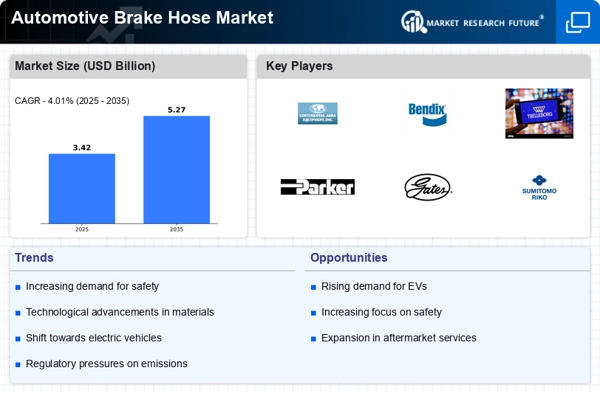
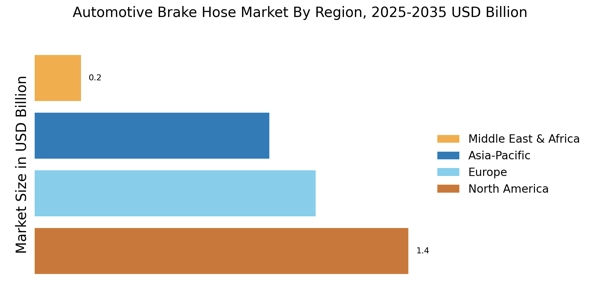
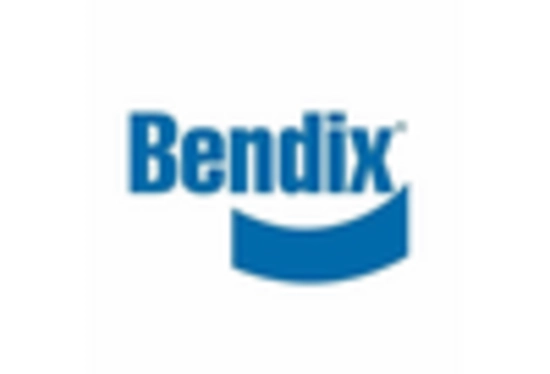

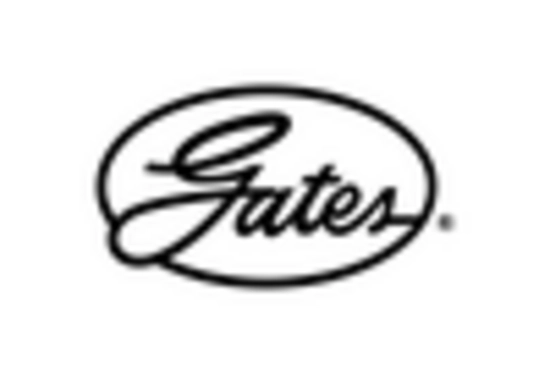

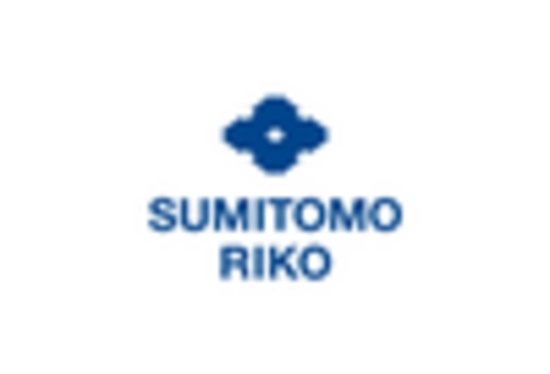









Leave a Comment